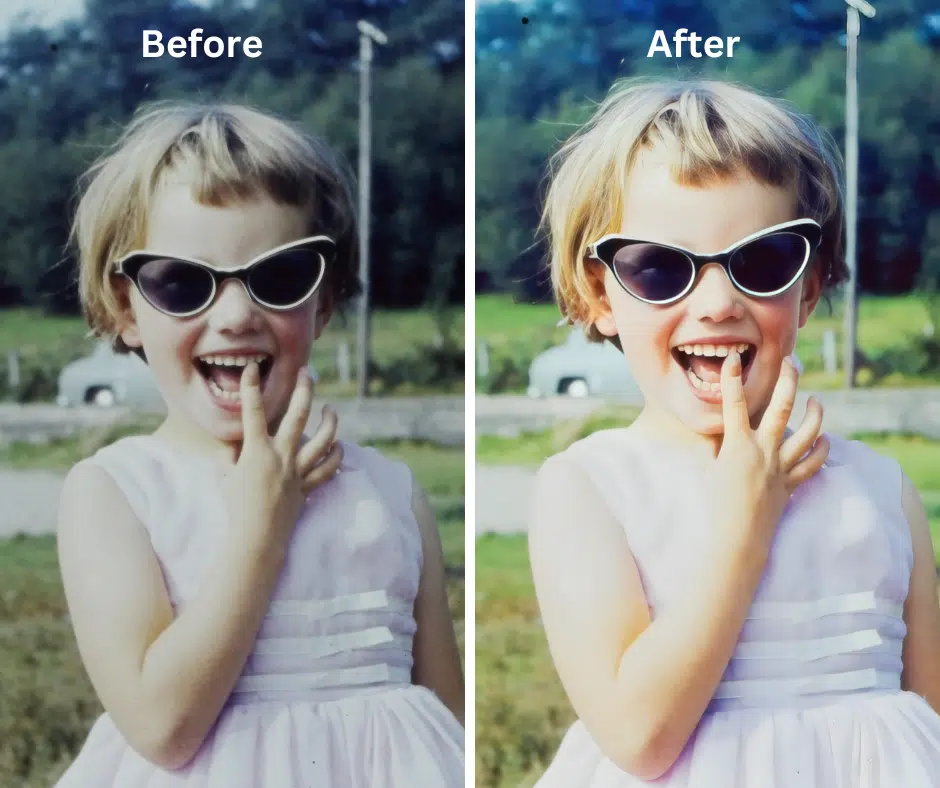Artificial intelligence (AI) is reshaping social media marketing in significant ways.
Where brands once had to rely on assuming what content and messaging might resonate with audiences, AI now enables data-driven personalization, automation, and experimentation.
The results speak for themselves through boosted engagement, reduced costs, and streamlined operations.
This article explores five key applications of AI in social media marketing and how brands, both big and small, are seeing tangible improvements from its adoption
AI tools are revolutionizing social media marketing, enabling marketers to analyze data for insights into consumer behavior and preferences. It speeds up creative development, ensuring targeted messages reach the right audience optimally.
Take Coca-Cola, for example. With the combination of storytelling and AI, they were able to create this visually pleasing campaign to tap into the consumers’ senses.
1. Content personalization: The heart of AI-driven social media
AI algorithms can sift through user data, including past interactions, likes, shares, and comments, so you can tailor content that resonates with your audience and enhance user engagement.
For instance, imagine an ecommerce company using AI to analyze user interactions. The AI system can identify patterns, such as a preference for yoga over high-intensity workouts.
With this knowledge, the brand can personalize its content, focusing on yoga-related products and tips, thereby striking a chord with its target audience.
One case study to show this was around a large UK-based “deal of the day” ecommerce company named Wowcher. They utilized AI by creating compelling and personalized ad copy.
Using an AI copywriting tool, the brand spruced up its Facebook ads. For example, if you often click on Facebook ads for vacation deals, AI will detect this pattern and match your interest, showcasing their deals. The brand saw a 31% reduction in cost per lead, in addition to improved relevancy scores.
2. Chatbots improving the customer experience
AI and chatbots are drastically improving customer service by offering 24/7 availability, instant responses, and the ability to handle high volumes of queries, significantly enhancing the customer experience.
They provide personalized interactions through data analysis, ensuring consistency and accuracy in information. These technologies are particularly adept at routine task automation, such as appointment scheduling and basic inquiries, and even providing the right product recommendations.
One example is the makeup brand Sephora, which uses AI to improve the customer experience. After researching, the brand discovered that users were overwhelmed by their vast number of products.
In response to the results from the research, Sephora introduced an engaging quiz using chatbots to assist customers in their shopping journey. These chatbots provide customized advice and recommendations based on individual responses.
AI can segment audiences more accurately based on demographics, interests, behaviors, and other psychographic factors. This allows for more precise targeting of ads.
I recently spoke with the brand Care + Giving on how they are utilizing AI to help with their marketing efforts.
They use Instagram for segmentation and prefer boosting content to those who have interacted/liked before. It’s a time-saver and effective in reaching their niche audience.


Get the daily newsletter search marketers rely on.
4. Data integration and management: A/B split testing + AI
AI streamlines the process of creating, deploying, optimizing, and analyzing A/B tests, enabling organizations to achieve their objectives more rapidly and efficiently.
Twilio Segment and Evolv AI collect and manage data from multiple sources, including social media platforms. AI can be used to analyze this data, identifying patterns and insights that can inform the A/B testing strategy.
Experiences can be refined in real time, targeting various audiences or segments across multiple platforms. Unlike traditional A/B testing, AI modifies ongoing experiments on the fly. It eliminates underperforming elements and integrates new variants seamlessly without restarting experiments.
For instance, if a particularly effective combination boosts orders but reduces the number of items per order, AI can introduce a variant to encourage more items in the cart without setting up a separate test.
Traditional A/B testing is time-consuming, involving multiple steps from conception to execution and analysis. AI streamlines this process by identifying effective strategies, suggesting optimal user experience actions, and rapidly adding new variants to tests.
5. Visual content development
Recently, I was experimenting with AI for existing photographs. Using Remini, an AI photo enhancer, I was able to clean up old slides that my father had created in the ’50s and ’60s. While this could easily be done in Adobe Lightroom, I don’t have access to that tool.

Generative AI tools like Midjourney, DALL-E, and Runway are helping marketers create personalized images for targeted marketing campaigns.
AI can suggest image modifications or generate images catering to specific customer segments’ preferences, past behavior, and demographics by analyzing customer data, increasing engagement and conversion rates.
They can also generate unique images and graphics based on textual descriptions. This lets you quickly create tailored visuals for campaigns, social media posts, or advertising without extensive graphic design resources.
By understanding these real-world applications of AI, you can begin elevating your social media efforts.
Opinions expressed in this article are those of the guest author and not necessarily Search Engine Land. Staff authors are listed here.
Source link : Searchengineland.com
